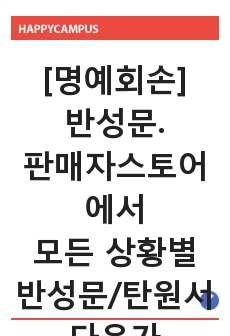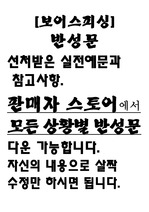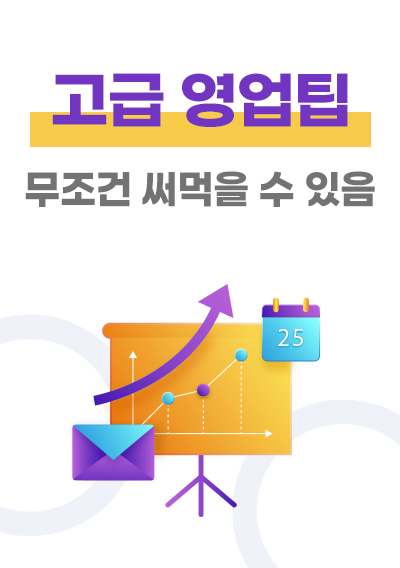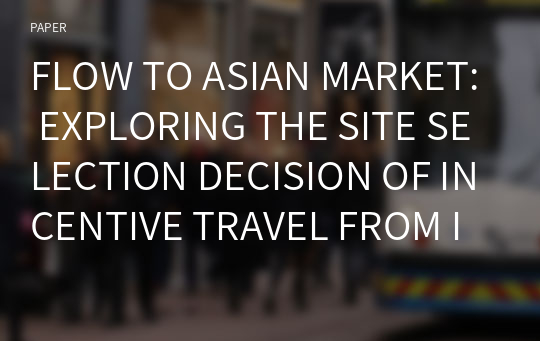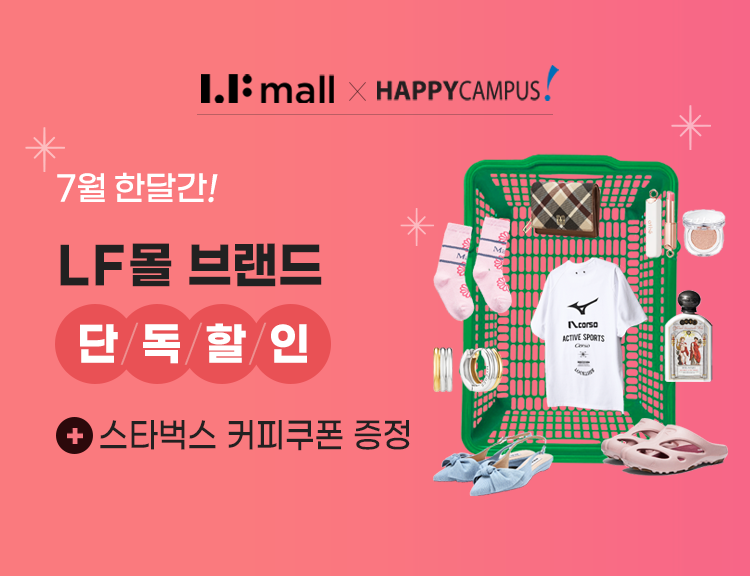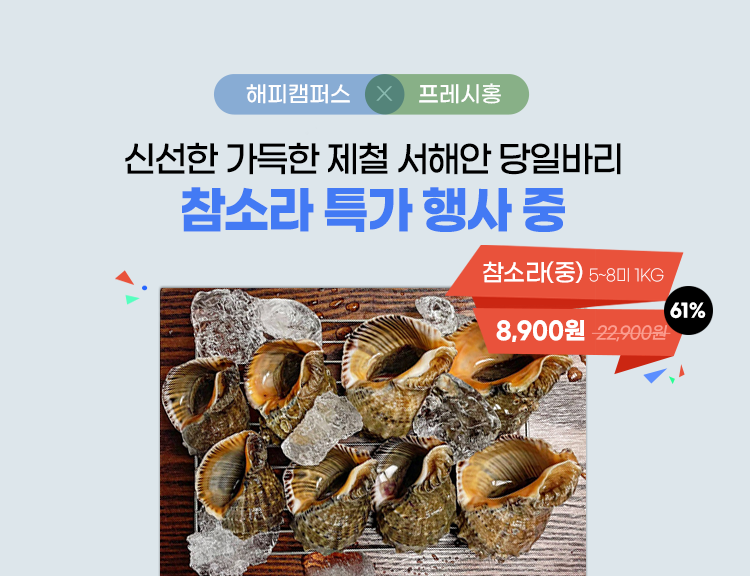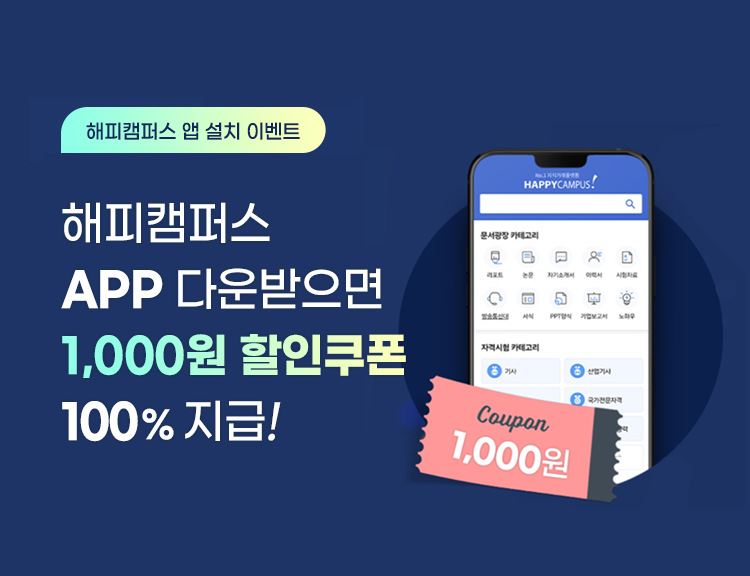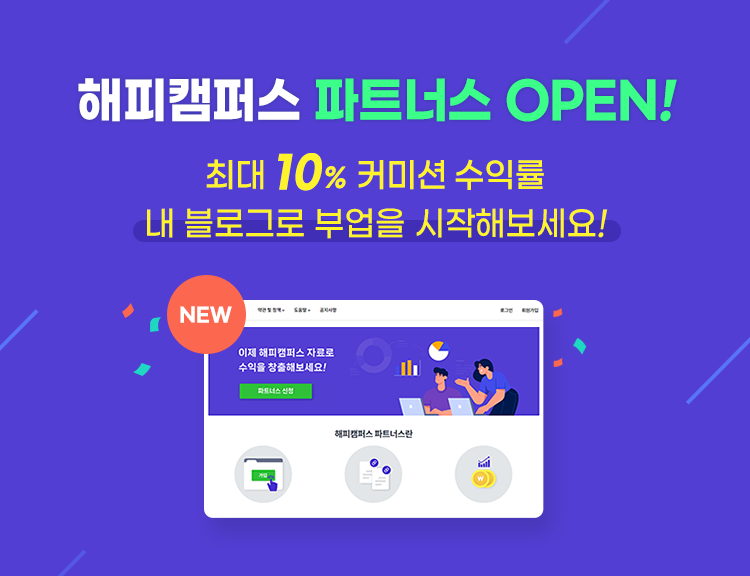FLOW TO ASIAN MARKET: EXPLORING THE SITE SELECTION DECISION OF INCENTIVE TRAVEL FROM INDIA
* 본 문서는 배포용으로 복사 및 편집이 불가합니다.
서지정보
ㆍ발행기관 : 글로벌지식마케팅경영학회(GFMC)
ㆍ수록지정보 : Global Marketing Conference
ㆍ저자명 : Serena Yi Cheng, Kuo-Ching Wang, Ben Wu
ㆍ저자명 : Serena Yi Cheng, Kuo-Ching Wang, Ben Wu
영어 초록
IntroductionBusiness event are much important to economies of many destinations all over the world (Jago, Mair, Deery, & Bergin-Seers, 2008). As the term, “business events” is referred to be the MICE industry, encompassing with Meeting, Incentive, Conference/Convention, and Exhibition. The MICE industry underpins tourist visitation for many destinations. Such destinations have transferred into making substantial investments to provide the meeting/exhibition facilities and hotel needed for business events. Announced in the 5th of MICE and Luxury Travel Conference, India will generate 6.5 million outbound incentive tourists by 2030. Especially in these years, the number of MICE outbound tourists has been more than 1.5 million and the number of Luxury travel tourists has been up to 3.6 million (India Infoline Housing Finance Limited [IIFL], 2017). Research for one of the business events that remains in minority is incentives. Incentive travel, also known as IT, is defined as one of worldwide management tools which uses special travel experiences or recognizes participants who exceed the expectation on performance (Society of Incentive Travel Executives [SITE], 2013). According to the Incentive Federation, the number of U.S. business using non-cash rewards has raised dramatically from just 26% in 1996 to 84% of all U.S. businesses in 2016 (Incentive Federation, 2017). Incentive travel is becoming a field in which not only attractions and venues matter, but also the organization of parallel training activities and conferences around an incentive activity is possible (Celuch, 2014). The United States remains a primary destination for 82% of U.S. planners choosing U.S. in 2017 (Incentive Federation, 2017). Another popular incentive destination, Australia is also viewed as one of ideal destinations for incentive travel. Tourism Australia in 2008 indicated that 34% of incentive travelers is from China, 12% is from New Zealand, and 10% is from Japan. Taiwan has received over 10 million travelers from abroad in 2016. However, tourists from India traveling to Taiwan are only 33,000 passengers. According to report in 2016, International Congress & Conference Association [ICCA] announced that Taipei City has held 83 international conference and become top 10 destinations in Asia for The Best Stop to Meet Asia. However, is Taiwan a good incentive travel destination for India? Despite a limited amount of information on expenditure and the number of incentive programs, numerous gaps remain in our understanding of this sector of business events and cross-culture marketing, including how incentive travel organizers in India select their travel destination? And how this process may differ in source markets? This exploratory study aims to examine these site selection factors in the incentive travel context and identify any similarities and differences in how incentive travel is conceptualized, planned, and organized in India.
Literature review
Incentive Travel
The incentive market has seldom been studied in great depth as an individual segmentation. Lewis (1983) carried out a concept that incentive travel represents a sizable market segment for hotel companies in many destination areas. Sheldon (1995) highlighted that travel was regarded as a motivating reward or incentive among America’s Fortune 100 companies, and that travel incentives were mostly used by companies in the service sector. Shinew and Backman (1995) identified the “trophy value” of travel incentives, and proposed that incentive travel allows long-lasting positive engagement in staffs’ job performance. Xiang and Formica (2007) used cognitive mapping to understand how incentive travel managers view the business environment, concluding with fast-pacing of incentive travel market, and global structural changes presenting challenges to incentive planners. Budget and cost, uniqueness of the destination, and availability of suitable facilities were thought to be factors influencing the choice of destination for incentive travel (Mair, 2005); however, this has not yet been demonstrated in empirical research.
Convention Site Selection
According to Crouch and Ritchie (1997) “the choice of destination can make or break the convention”. The first research by Fortin and Ritchie (1977) was considered the process undertaken by meeting planners when deciding on which location to choose for annual meeting or convention. The nine factors identified by Crouch and Ritchie (1997) are accessibility, local support, extra-conference opportunities, accommodation, meeting facilities, information, site environment and other criteria. Despite knowledge of the convention site selection process, very little research has considered how different types of meetings choose their destinations. In one of the few studies to consider the site selection process of incentive planners, Del Chiappa (2012) suggests a certain degree of “destination inaccessibility” could make incentive location being more extraordinary and exclusive. Mair, Jin, and Yoo (2016) indicated that incentive travel planners across three market- China, Australia, and America, shares similar perceptions on what characterizes incentive trips but differ slightly in the planning and operational phase pertinent to varying company characteristics and requirements. However, little is known about the cultural differences in incentive programs from one nation to the next.
Methodology
This research is an exploratory qualitative research, using in-depth interviews with incentive travel organizers, public relations professionals, company and staff who has participated in incentive travel to Taiwan and other Asian countries. Eight in-depth interviews (between 30 and 60 minutes) were carried out in India. The data collecting method is snowball sampling and 11 interviewees were invited by incentive organizers’ recommendations, while a list of qualified tour operators/specialists authorized by national tourism bureaus and organization (e.g., Ministry of Tourism Government of India or Travel Agents Association of India Active Member) are consulted as a sample frame, shown as table 1. Further, all interviewees were senior managers in their companies. For in-depth interviews, researcher has traveled to Mumbai, New Delhi and Jamshedpur in India between 12th and 26th Jan, 2018. Interviewees were asked to give some background on their incentive business. They were also asked to give information on how their incentive programs were structured and how they cooperate both with their incentive clients and with local suppliers of their incentive trips. Finally, they were asked in open-ended questions about their views on site selection, with eight site selection factors identified by Crouch and Ritchie (1997) and the outline designed by Mair, et al (2016).
Findings
This study explored site selection of incentive travel from the perspective of incentive planners, company, and participants. The finding suggests that the most popular incentive travel destination for Indian is Thailand with low expense and luxury hospitality. Most important part for choosing a destination is considering about food and beverage since there are a lot of vegetarian and chef should be familiar with Indian cuisine, for instance, foods in Singapore is more likely to be accepted by Indian. Both the operators and staffs from the company indicate that Indian travelers would like to have Indian cuisine and Bollywood show during the incentive trips, instead of local and cultural performance from the destination. Conference and accommodation facilities in China is well-prepared for MICE but expense is too high. Accessibility to Taiwan or to any countries won’t be a problem for incentive travel planners; nevertheless, there is still few direct flight from India to Taiwan which will influence the budget on overseas transportation. In addition, unfamiliarity with destination image of Taiwan reduces intention of visiting. However, since a new destination will be a motivator for encouraging employees to work hard, novelty destination for incentive trip is still important. One incentive travel planners suggest that enhancing the destination image by story-telling would help attracting Indian’s interests. Perceived risk will be reduces depending on local support (DMC). Incentive planners in India illustrate although decision maker is the representatives from companies, however, planners would give several packages of different countries, depending on budgets, basing on destination information from public relations professionals. It is obvious that public relations professionals and travel agencies are critical characters for site selection in India. F&B and budget are major considerations differing from other markets- China, Australia, and America.
Conclusions
This article interviewed incentive operators, public relations professionals, and company purchase incentive travel, and examined how incentive travel is conceptualized, planned, and organized in India. The study suggests government and bureau relating to MICE should get well prepared for cross-cultural incentive traveler, according to Indian culture. In addition, destination imagine promotion would be another effort for planners to select a site for incentive program. Since incentive planners in India are not familiar with Taiwan, local support/ DMC could look for public relations professionals from India as a connection, and put more focus on India as a potential market. Further study should explore the site selection in different countries, and marketing strategies. A limitation of this research that should be acknowledged is the small sample size. However, the initial conclusions from this research suggest that, while the site selection factors identified in other markets provide a useful place to start, incentive travel organizers do not rely on same factors. The findings from this project will provide a basis for future research in the area of incentive, and useful information for incentive planners/organizers in Taiwan and worldwide.
참고 자료
없음"Global Marketing Conference"의 다른 논문
 THE ROLES OF GREEN PACKAGING IN UGLY FOOD PURCHASE INTE..22페이지
THE ROLES OF GREEN PACKAGING IN UGLY FOOD PURCHASE INTE..22페이지 THE IMPACT OF INDUCED AWE ON ETHICAL TOURIST BEHAVIORS5페이지
THE IMPACT OF INDUCED AWE ON ETHICAL TOURIST BEHAVIORS5페이지 A BIBLIOMETRIC ANALYSIS OF SPIRITUAL TOURISM RESEARCH15페이지
A BIBLIOMETRIC ANALYSIS OF SPIRITUAL TOURISM RESEARCH15페이지 SOCIAL NETWORK ANALYSIS AND RESPONSE TIME TESTING: CONS..11페이지
SOCIAL NETWORK ANALYSIS AND RESPONSE TIME TESTING: CONS..11페이지 THE EFFECTS OF PARA-SOCIAL INTERACTION ON ONLINE CELEBR..3페이지
THE EFFECTS OF PARA-SOCIAL INTERACTION ON ONLINE CELEBR..3페이지 THE INFLUENCE OF OPINION LEADERS ON DAILY DEALS USER’S ..3페이지
THE INFLUENCE OF OPINION LEADERS ON DAILY DEALS USER’S ..3페이지 HOW IMMERSIVE RETAILING AFFECTS CONSUMERS’ URGE TO BUY:..6페이지
HOW IMMERSIVE RETAILING AFFECTS CONSUMERS’ URGE TO BUY:..6페이지 KEY TO SUPERSTARDOM IN A GLOBALISED MARKET: THE ROLE OF..6페이지
KEY TO SUPERSTARDOM IN A GLOBALISED MARKET: THE ROLE OF..6페이지 A POST-PANDEMIC LOOK AT TOURISTS’ PERCEIVED COOLNESS OF..4페이지
A POST-PANDEMIC LOOK AT TOURISTS’ PERCEIVED COOLNESS OF..4페이지 EXTRACTING OFFLINE RETAIL SHOPPING PATTERNS: OLLABORATI..5페이지
EXTRACTING OFFLINE RETAIL SHOPPING PATTERNS: OLLABORATI..5페이지










